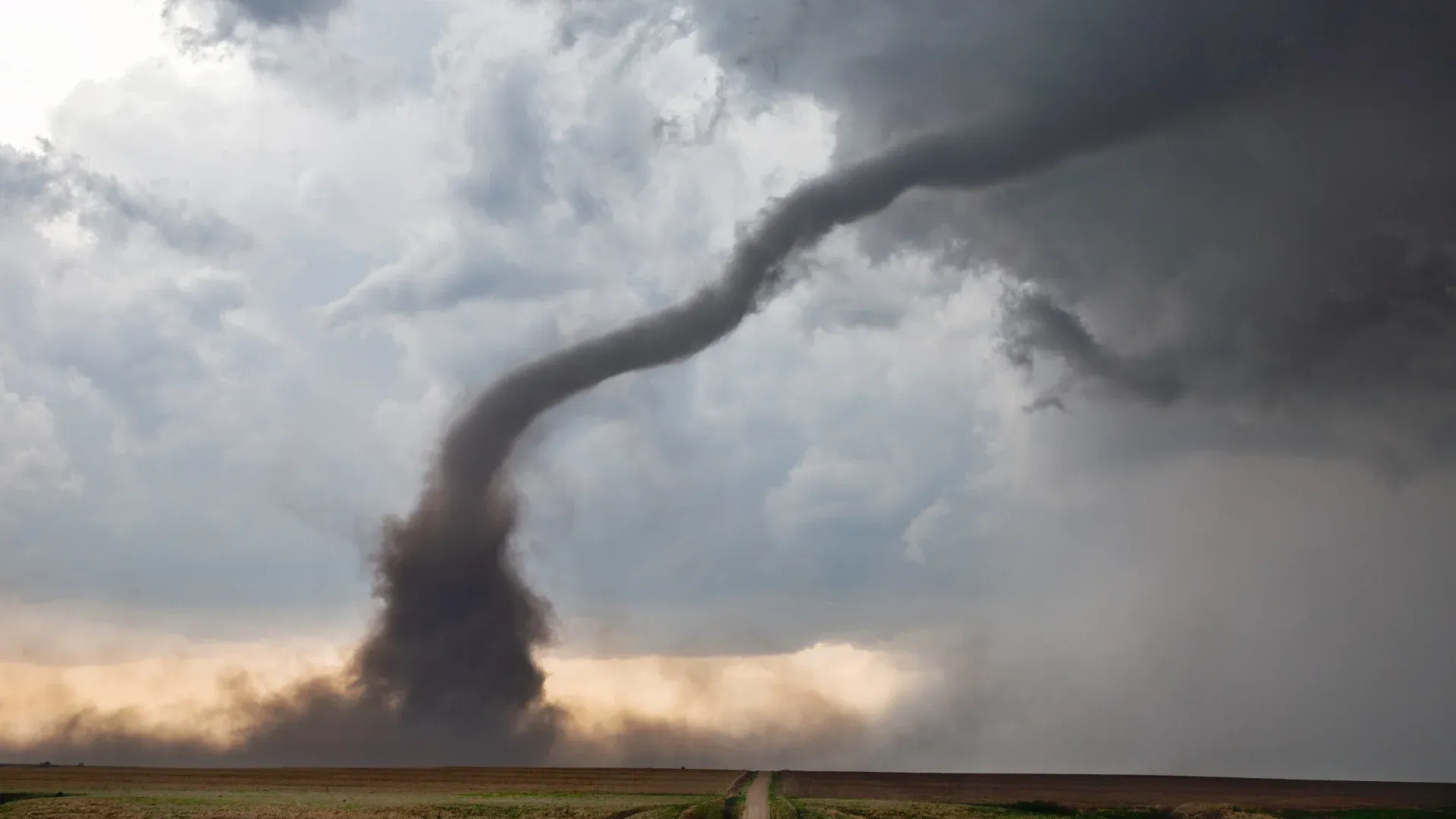On Monday afternoon, the northeastern part of Ohio experienced an unexpected natural event when a weak but noticeable EF-0 tornado swept through Medina County, leaving a trail of fallen trees and minor damages. The National Weather Service confirmed the event, noting that no tornado warning was issued — a fact that raised concerns among local residents and experts, as it highlights the unpredictability of weather even in regions rarely associated with such phenomena.
The tornado, which touched down at 15:57 in the town of Chatham, lasted only two minutes but managed to travel 1.32 miles to Lafayette with a maximum wind speed of 81 miles per hour. Its path, only 40 yards wide, was relatively narrow but sufficient to leave a mark in the form of broken branches, damaged roofs of several houses, and a small unused pantry that sustained minor damages. Fortunately, no casualties or injuries were reported, providing relief but not complacency.
This event, though minor in terms of destruction, serves as a warning sign for Ohio, where tornadoes are generally considered rare, but their frequency, according to meteorologists, could increase due to climate change. Insiders from the National Weather Service, who wished to remain anonymous, note that the lack of a tornado warning is partly explained by the rapid formation of this vortex, which was not detected by radar in real-time. This raises questions about the need to improve early warning systems, especially in rural counties like Medina, where population density is lower but vulnerability to sudden weather events remains high.
Local residents who managed to speak with us describe the event as “shocking but not catastrophic.” “We heard a loud noise, like an approaching train,” recounts Mary Larson, a homeowner in Lafayette, whose roof suffered minor damages. “But it all happened so quickly that we didn’t even have time to be scared.” However, this incident prompts a broader discussion: are Ohio communities sufficiently prepared for such events, and are they ready to adapt to a changing climate, which forecasts suggest could bring more such surprises?
EF-0 tornadoes, though the weakest on the Fujita scale, remind us that nature does not recognize boundaries between “safe” and “vulnerable” regions. While Medina is recovering from this short-lived shock, the event serves as a call to action: from investing in modern meteorological technologies to increasing community awareness about preparing for extreme weather conditions. As one local official noted, “today it was just trees, but tomorrow it could be something more.” Ohio has seemingly received a warning — ignoring it would be unwise.



